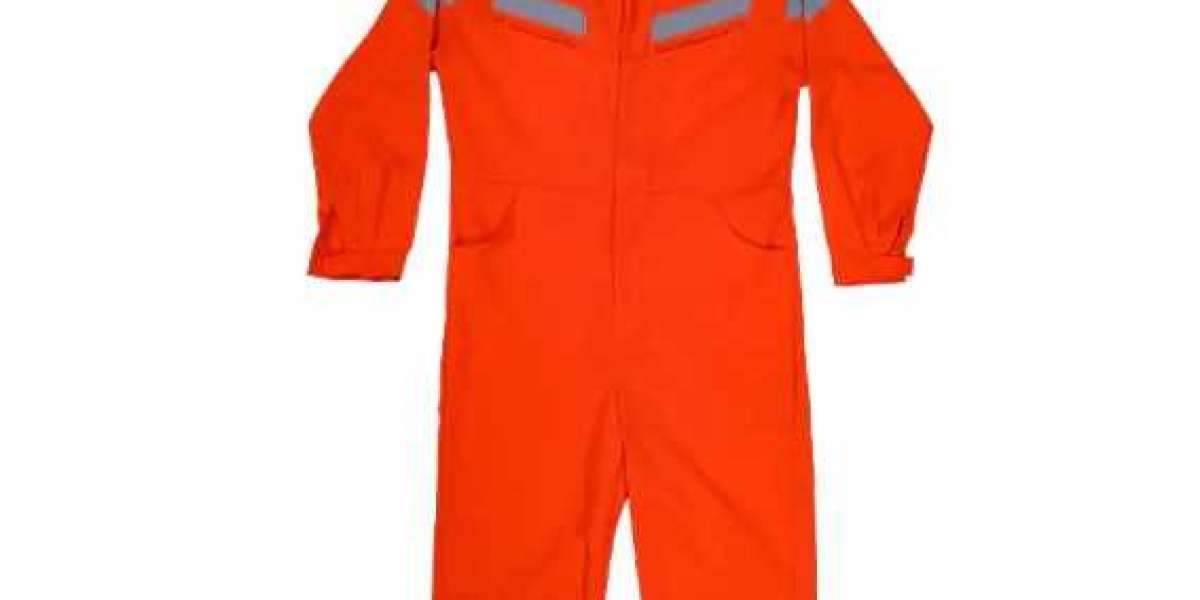Reflective clothing tape is a specialized material designed to enhance the visibility of individuals in various work environments, particularly those with low-light or high-risk conditions. The primary function of this tape is to reflect light from sources such as vehicle headlights, thereby alerting drivers and others to the presence of workers or pedestrians. However, in addition to visibility, the breathability of reflective clothing tape is another critical aspect that contributes to the overall comfort and safety of the wearer.
Breathability in clothing refers to the garment's ability to allow air to pass through its fabric, facilitating the evaporation of sweat and moisture from the skin. This is particularly important for workers who are engaged in physical labor or are exposed to varying weather conditions. When it comes to reflective clothing tape, breathability is a complex issue that involves balancing the need for visibility with the comfort of the wearer.
The construction of reflective clothing tape plays a significant role in determining its breathability. Traditionally, this tape consists of retro-reflective material, often made from micro prismatic beads or glass beads, which are embedded in a flexible adhesive backing. The adhesive is then applied to a fabric substrate, which can be made from a variety of materials, including polyester, nylon, or cotton. The choice of fabric and the method of attaching the reflective material can greatly affect the tape's breathability.
For instance, a fabric with a looser weave will generally allow for better air circulation, making it more breathable. However, the adhesive used to attach the reflective material can sometimes create a barrier that impedes airflow. Manufacturers of reflective clothing tape must therefore carefully select materials and adhesives that do not compromise the tape's visibility while still allowing for adequate breathability.
Innovative techniques are being developed to improve the breathability of reflective clothing tape. One such method involves the use of microporous films or coatings that allow air to pass through while still maintaining the integrity of the reflective layer. Another approach is to incorporate moisture-wicking properties into the fabric substrate, which helps to draw sweat away from the skin and improve overall comfort.
The testing and evaluation of reflective clothing tape's breathability are also crucial. Standards and protocols have been established to measure the air permeability of fabrics, and these can be applied to reflective clothing tape as well. By subjecting the tape to rigorous testing, manufacturers can ensure that their products meet the necessary breathability requirements while still providing the required level of visibility.
Moreover, the end-user's experience is a valuable source of feedback on the breathability of reflective clothing tape. Workers who wear these garments in real-world conditions can provide insights into the tape's performance in terms of comfort and breathability. This feedback can be used to make adjustments and improvements to the design and materials used in the production of reflective clothing tape.
In conclusion, the breathability of reflective clothing tape is a critical factor that contributes to the overall comfort and safety of workers in various industries. Manufacturers must carefully consider the materials and construction methods used in the production of this tape to ensure that it provides both the necessary visibility and breathability. Through innovative techniques, rigorous testing, and user feedback, the breathability of reflective clothing tape can be optimized, resulting in a more comfortable and effective safety garment.








